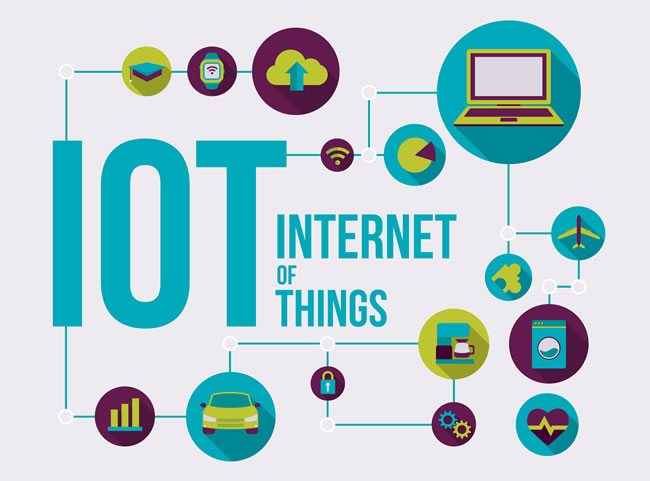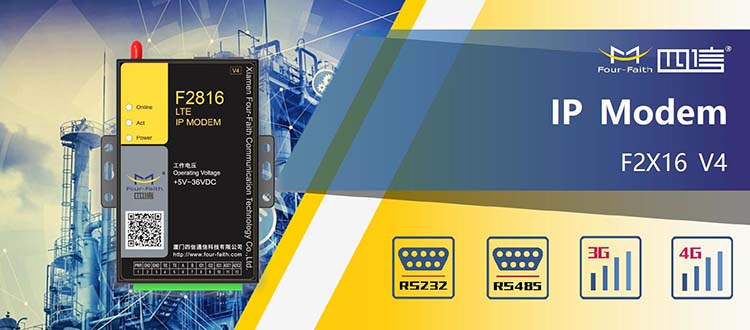With the rapid development of the Internet of things, 4G DTU(Data Terminal Unit) has also been widely used in PLC wireless communication, automatic control of data acquisition equipment, monitoring equipment, medical equipment, and electronic instrumentation. Today we are going to look at the basic functions of DTU.
1.Internal Integration of TCP/IP Protocol Stack
There are external protocol stacks and built-in protocol stack. Most of them are external protocol stacks. The TCP/IP stack can be understood as a combination of a wireless modem and an embedded PC. Allows DTU to have dial-up and TCP/IP data communication functions.
2.Serial Port Data Bidirectional Conversion
Supports the conversion of common serial ports such as RS232, RS485, and RS422 to TCP/IP data and transmission. Since it is bidirectional transparent transmission, TCP/IP data can also be converted into the above common serial ports.
3.Supports Customized Heartbeat Packets
One advantage of GPRS communication networks is that terminal devices are always online, so a typical DTU is designed to support always-on functionality. This requires DTU to include automatic dialing at startup and heartbeat packets to keep it always online (when there is no data for a long time).
4.Parameter Configuration and Permanent Storage
The IP address, port number, and baud rate of the data center are different for different applications. This feature allows DTU terminal devices to configure parameters that can be stored permanently, mainly in internal permanent storage devices such as FLASH or EEPROM. After the user starts up, DTU(Data Terminal Unit) will work automatically according to the set parameters.
In addition, common DTU functions include active data collection & reporting, point-to-point, point-to-multiple networking, and digital radio networking.
Through 4G DTU(Data Terminal Unit) devices, user's local serial port data can easily realize wireless and long-distance data transmission by using different 4G network standards such as TD-LTE or FDD-LTE and interact with remote public network servers. It is mainly used in remote data collection and remote-control projects.
So, what are the cautions of using 4G DTU(Data Terminal Unit)?
1.Unpack the package and take out the firmware of the sucker antenna, serial port, and power supply first.
2.Use appropriate tools, properly press the SIM card switch, wait for the card to automatically eject.
3.Insert the SIM card into the card slot and push the card slot back to the device.
4.Install the sucker antenna accurately according to the user manual.
5.After the setup, 4G DTU should be installed on the rail in the protective box. The antenna should be put at the outside of the box and fixed to the appropriate position when the device is turn on.





















